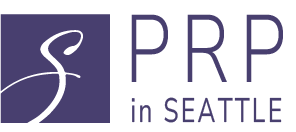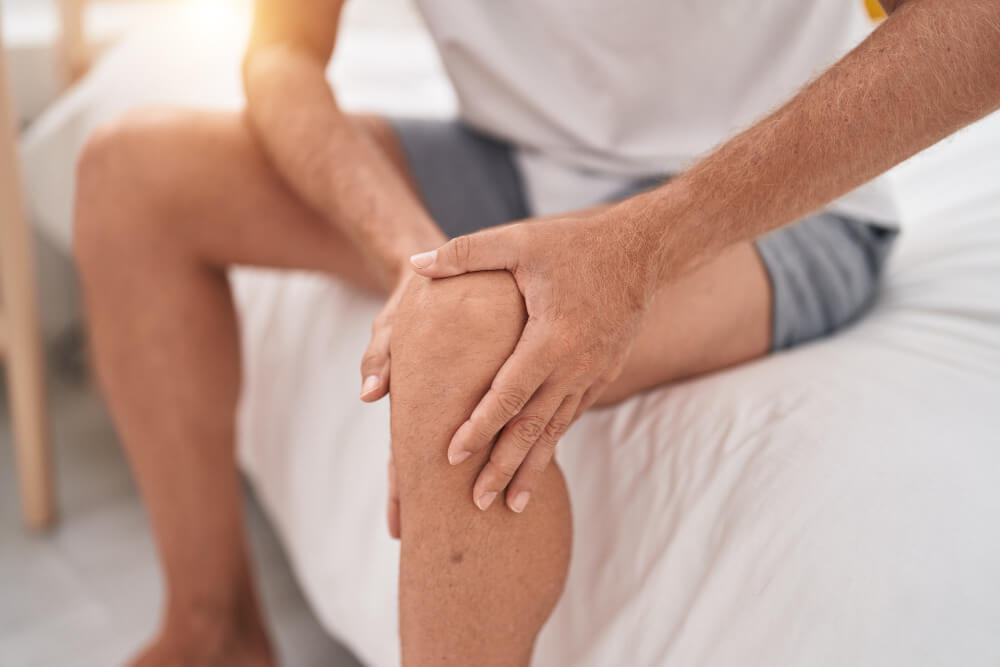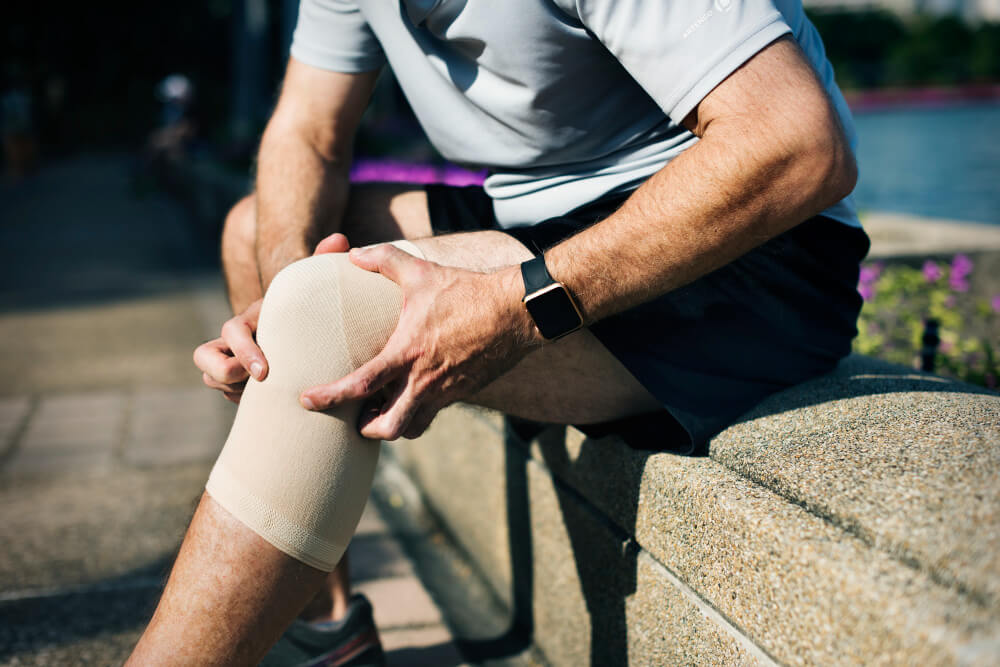Frequently Asked Questions
How much does PRF therapy cost?
Platelet-Rich Fibrin (PRF) knee injections typically range from $700-$900 per treatment, depending on the number of syringes required and whether ultrasound guidance is used.
Is PRF really better than PRP?
PRF may offer longer-lasting effects due to its slow release of growth factors⁹, but it’s not always better for everyone. Some patients respond better to PRF, while others do just as well with PRP. The best option depends on your condition and treatment goals.
Does insurance cover PRP injections for knees?
At present, most U.S. insurers classify both PRP and PRF knee injections as experimental. Therefore, they are not covered, and treatment is self-pay⁸.
What are the disadvantages of PRF?
Some of the disadvantages of PRF include a slightly higher out-of-pocket cost than PRP, a thicker, more viscous injectate that can cause transient stiffness, fewer published clinical trials, so long-term success rates are still being established, and not advisable for patients with bleeding/clotting disorders or active systemic infection.
Who is a good candidate for PRF?
Ideal candidates are adults with mild-to-moderate knee osteoarthritis, tendonitis, or ligament sprains who want a drug-free, autologous option, have realistic expectations, and can avoid anti-inflammatory medications during recovery. Non-smokers with healthy platelet counts and no autoimmune or bleeding disorders generally respond best.


